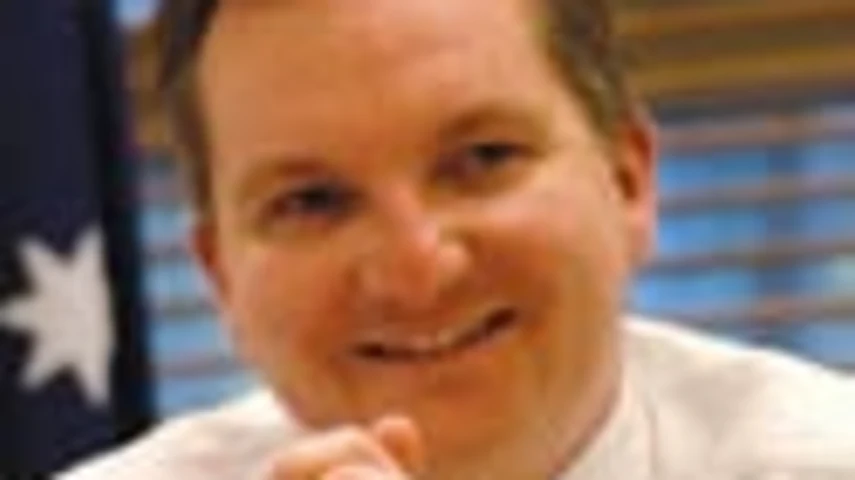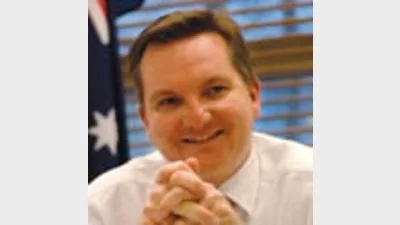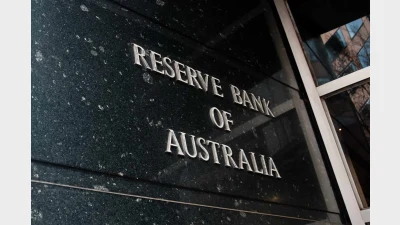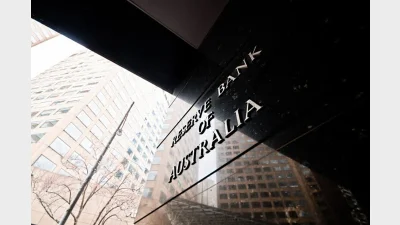Clearing house legislation hits roadblock



 |
| Chris Bowen
|
The Federal Government has been accused of failing to live up to an election promise by neglecting to tender the provision of a superannuation clearing house to the private sector.
The accusation has come from the Federal Opposition, which has threatened to use its numbers in the Senate to delay passage of the legislation underpinning the clearing house arrangement, which has been handed to Medicare Australia.
However, in a joint statement, the Minister for Financial Services, Superannuation and Corporate Law, Chris Bowen, and the Minister for Competition Policy, Craig Emmerson, recommitted to having the clearing house operational on July 1 and said the Opposition needed to move out of the way.
“The Coalition needs to move out of the way of a Government that is simply seeking to implement its election commitment of a small business superannuation clearing house," Bowen said.
He said that pending the passage of the legislation, the clearing house service would be available to small businesses (less than 20 employees) from July 2010 and that businesses would be able to register with Medicare Australia from May 2010.
The minister said Medicare Australia had been actively engaging with both the small business and superannuation sectors through its Superannuation Clearing House Working Groups.
Recommended for you
Large superannuation accounts may need to find funds outside their accounts or take the extreme step of selling non-liquid assets under the proposed $3 million super tax legislation, according to new analysis from ANU.
Economists have been left scrambling to recalibrate after the Reserve Bank wrong-footed markets on Tuesday, holding the cash rate steady despite widespread expectations of a cut.
A new Roy Morgan report has found retail super funds had the largest increase in customer satisfaction in the last year, but its record-high rating still lags other super categories.
In a sharp rebuke to market expectations, the Reserve Bank held the cash rate steady at 3.85 per cent on Tuesday, defying near-unanimous forecasts of a cut and signalling a more cautious approach to further easing.











